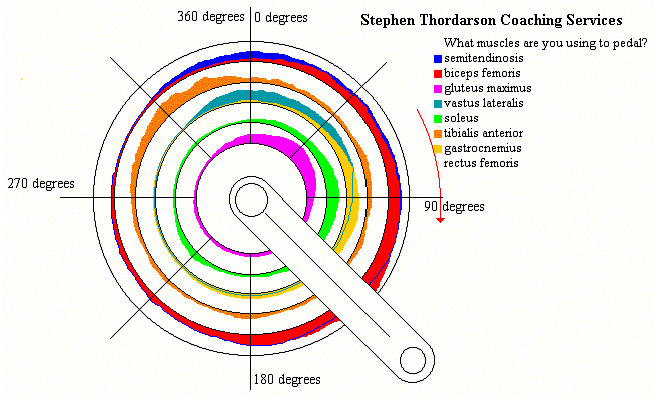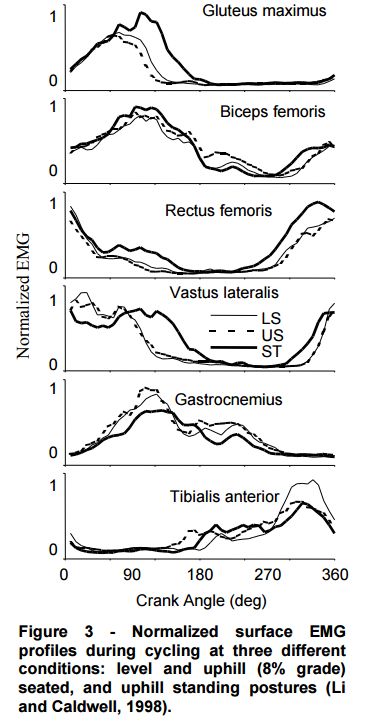On this website I have provided these same idea as my opinion and got derided for it, several members on here delight on providing their own opinions as scientifically validated facts and all other information is worthless I was hoping to head them off before the pass.g-boaf wrote:I wouldn't have thought that the effects would be that soon.CXCommuter wrote:Within a week of doing the exercises I saw improvements in my stability on the bike, activation of posterior chain muscles and lower back pain diminished.
It will take at least 12 months to fix and my back is too far gone to completely repair so maintenance is the goal now.
It is an absolute fallacy that all you need to be a fast cyclist is big quads (google glutes in cycling). You need equally strong hips (glutes etc), hamstrings, and core/lower back. For me with strong quads they were hinging off my hips and there was nothing to protect my spine. Glutes are one of the biggest/strongest muscles in the body- they should be used for cycling- why not utilise them!I'm doing most of the common core exercises at the moment as well, though not because of injury at the moment, just something I was told to do the last time I was injured ages ago. I've got most of the gym equipment I need to do that stuff at home, so I might as well stop neglecting it. Some weeks of it so far. I can certainly feel the effects of it afterwards. As for on the bike, maybe pedaling at low cadence I'm noticing the difference (more steady).
I don't think you need to make that distinction, it's hardly snake oil or the stuff of charlatans - the benefits are obvious.CXCommuter wrote:Everything I have said above is not my opinion, it is that of two extremely high level (and expensive) physiotherapists who deal with professional cyclists as a living.
Effects were pretty much immediate actually- but that is coming off an extremely low base level of strength/utilisation of my posterior chain. Still a long way to go.





